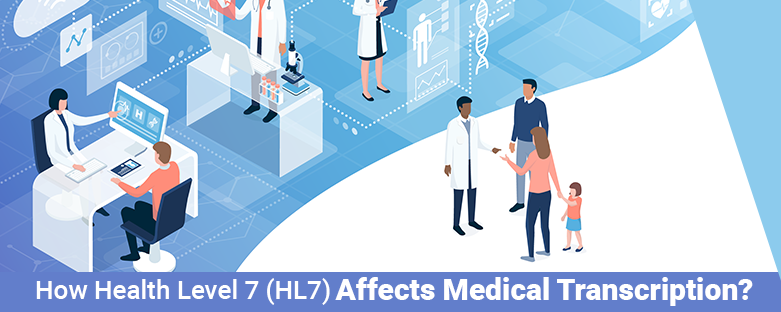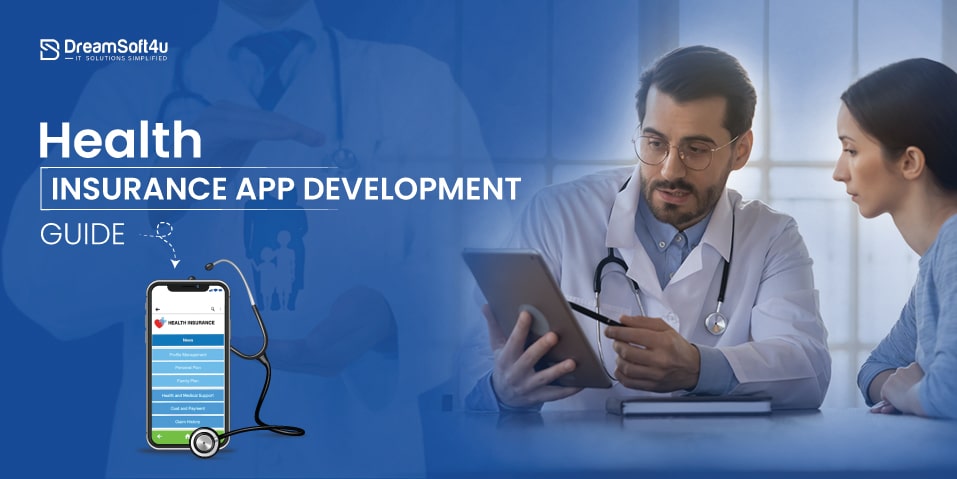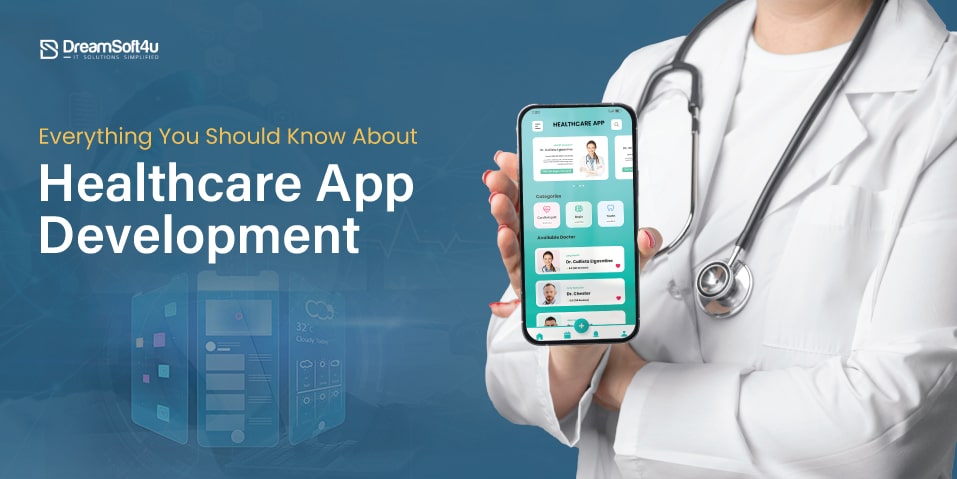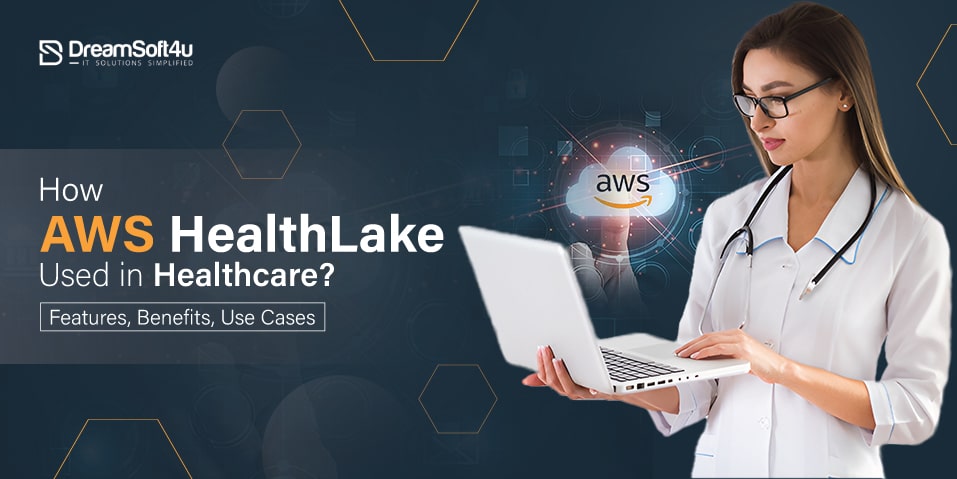Health Level Seven International (HL7) has been studied by many people in healthcare, but not everybody at a super-technical level may be familiar with it. If you know the Health Level 7 standards, then you have also heard how hard it is to work with the HL7 standards. Nonetheless, most at least recognize that HL7 is essential for interconnecting different healthcare-related systems and that only HL7-compliant applications can be implemented. Here e ill know about the How Health Level 7 (HL7) affects medical transcription?
Health Level 7 (HL7) is a protocol for the sharing of information between applications of health communications. HL7 allows providers of healthcare services to keep the flow of information clean and secure by creating integrated management systems. HL7 interfacing is used in more than twenty countries and includes messages in healthcare for almost every possible area, including:
- Patient care planning
- Registration, queries and finance
- Document control
- Automation of laboratories
- Personnel administration
- Scheduling, logistics, and more
Table of Contents
ToggleBenefits of HL7
- HL7 is not unique to the supplier since it is an open standard and can thus be used to communicate with multiple types of suppliers.
- For the HL7 interface, easy to use tools are available. These instruments help prevent the production, parsing, and network communication of HL7 messages over the network at low levels. You can save up to 90 percent of the low-level work that would otherwise be important by using standard tools.
- Reduce confusion and streamline the knowledge sharing process for healthcare.
- Provide unambiguous data transfer standards.
- Save your time by taking care of your work at the back end
In medical practice, medical transcription is the key. An accurate and timely transcript is an absolute must. Physicians need to be confident that they can correctly transcribe their vocal dictations into well-polished written records. For not only the practitioner and the medical practice, but also the patient, other medical practitioners and insurance providers who will review claims, quality transcription is critical. In general small practises have three key transcription options: doing in-house transcription, outsource it to a medical transcription service, or using speech recognition software to translate verbal dictation into the written word digitally.
Read Also: How SMART on FHIR Improving the Healthcare World
If a healthcare facility agrees on the following requirements to determine the provider of medical transcription services:
- Accuracy: This implies the percentage of accuracy of completed transcripts as opposed to what was dictated. It would be appropriate to provide a minimum of 99 percent and above.
- Turnaround time: Turnaround time refers to the time taken to return the transcribed healthcare facility report. Turnaround time for regular reports of not more than 24 hours and STAT reports of 4-12 hours will be considered optimal.
- Data security: The organization to which it is outsourced should comply with HIPAA and HITECH. To ensure that the sensitive data transmitted back and forth is safe and secure, the service provider needs to provide appropriate security measures.
- Integration of HL7: It is necessary to verify that the service provider is capable of interfacing with other systems in the form of Health Level 7 messages. This would make it easier to integrate with any EMR system quickly.
- Pricing: One of the key advantages that a healthcare facility wants to provide, from the option of outsourcing, is reduced costs. For the services provided, pricing should be fair and rational. Pricing approach should also be straightforward and clear so that both parties can check the same at any point of the process.
Benefits of HL7 Transcription Services
We deliver other market advantages, in addition to the direct benefits of low-cost labour and infrastructure, such as:
- Access to a highly experienced and qualified medical transcription team
- Strict systems and measures of process quality that ensure a high rate of accuracy
- Turnaround times that for an assignment start as low as 12 hours
- Customized service offerings focused on your business objectives and project scope
- Periodical reports on project progress
- Medical transcription services compliant with HIPAA
- Total confidentiality and security of delicate medical data
The support provider should have the assets and tools to accept/purchase transmissions from HL7-based ADT (Abstract Data Types) via TCP (Transmission Control Protocol)/IP (Internet Protocol), HTTPS (HyperText Transfer Protocol Server) and/or VPN Protocol Server (VPN) (Virtual Private Network). The support provider should also be able to return the transcribed document as an HL7 message back to the user interface engine of the clients via TCP/IP, HTTPS and VPN.











